Archives
- 2018-07
- 2019-08
- 2019-09
- 2019-10
- 2019-11
- 2019-12
- 2020-01
- 2020-02
- 2020-03
- 2020-04
- 2020-05
- 2020-06
- 2020-07
- 2020-08
- 2020-09
- 2020-10
- 2020-11
- 2020-12
- 2021-01
- 2021-02
- 2021-03
- 2021-04
- 2021-05
- 2021-06
- 2021-07
- 2021-08
- 2021-09
- 2021-10
- 2021-11
- 2021-12
- 2022-01
- 2022-02
- 2022-03
- 2022-04
- 2022-05
- 2022-06
- 2022-07
- 2022-08
- 2022-09
- 2022-10
- 2022-11
- 2022-12
- 2023-01
- 2023-02
- 2023-03
- 2023-04
- 2023-05
- 2023-06
- 2023-08
- 2023-09
- 2023-10
- 2023-11
- 2023-12
- 2024-01
- 2024-02
- 2024-03
- 2024-04
- 2024-05
- 2024-06
- 2024-07
- 2024-08
- 2024-09
- 2024-10
- 2024-11
- 2024-12
- 2025-01
- 2025-02
- 2025-03
-
We observed the reduced expression of
2022-01-14
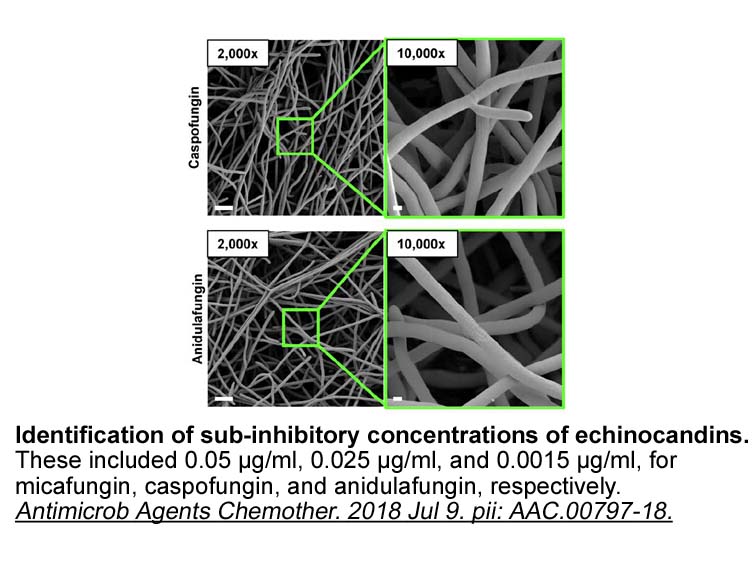
We observed the reduced expression of the GluN2a subunit in the temporal and entorhinal cortexes and ventral hippocampus, which may result in the predominance of GluN2b-containing NMDA receptors during the latent period. Previously, using the same model, we revealed the reduction of the GluN2a/GluN2
-
br Dysregulation of glutamate transporter expression and fun
2022-01-14
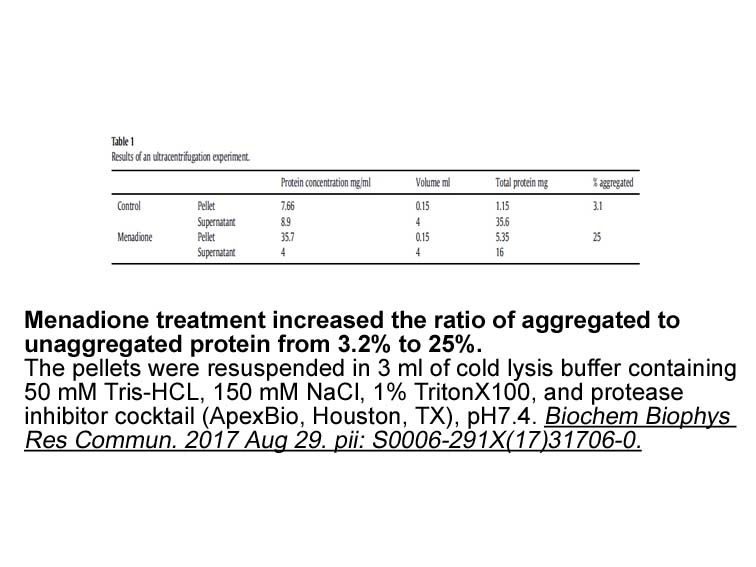
Dysregulation of glutamate transporter expression and function Aberrant glutamate transporter function and expression are associated with various neurological disorders. Therefore, understanding the underlying mechanisms of EAAT1/2 expression may provide therapeutic targets for treating neurologi
-
br Acknowledgements The authors are grateful
2022-01-14
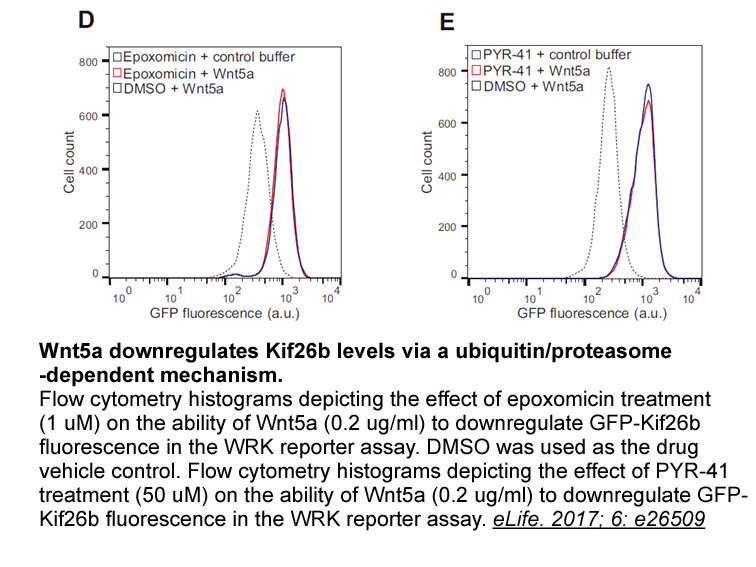
Acknowledgements The authors are grateful for funding provided by the Health Research Council of New Zealand. Introduction Glucose is the most important energy carrier of the brain. Glucose transporter type 1 (Glut1) is located at the blood–brain barrier and assures the energy-independent, fa
-
LbGlcK and the HsHxKIV d glucose
2022-01-14
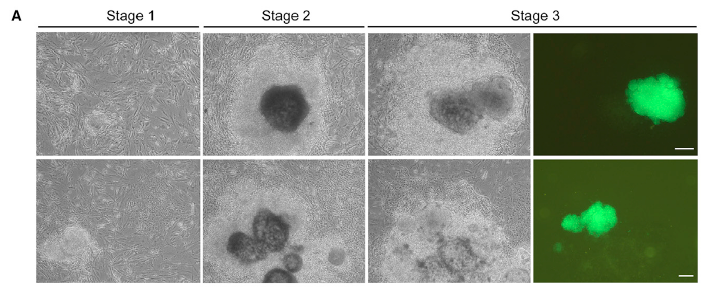
LbGlcK and the HsHxKIV-d-glucose complex (PDB entry 3IDH) [17] were superimposed from individual subunits. The active site regions revealed the key madecassol australia binding residues to be present for LbGlcK; also, the superposition showed that HsHxKIV had residues that were absent in LbGlcK, su
-
Previous attempts to minimize the contribution of the compen
2022-01-14
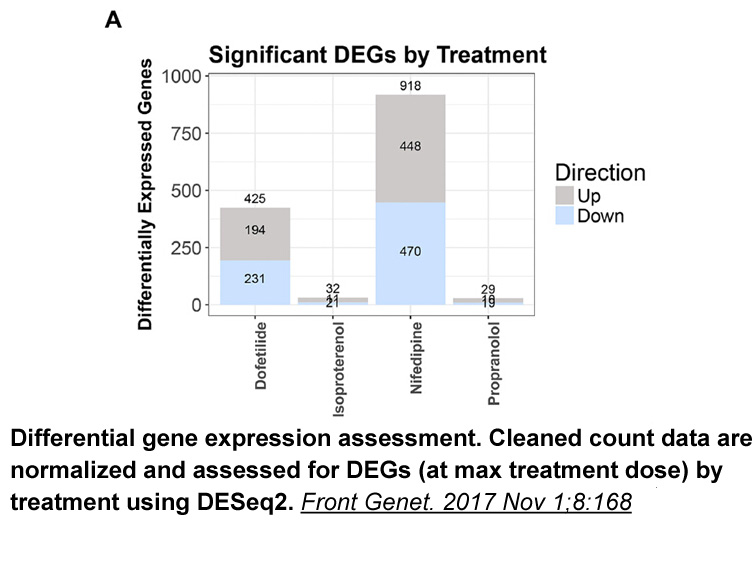
Previous attempts to minimize the contribution of the compensatory changes due to chronic loss of Gcgr, have used temporally-controlled reduction of glucagon levels by alpha-cell ablation, glucagon immunoneutralization, and the use of small molecule or antibody glucagon receptor antagonists [10], [3
-
br Lung cancer cell lines The greatest
2022-01-13
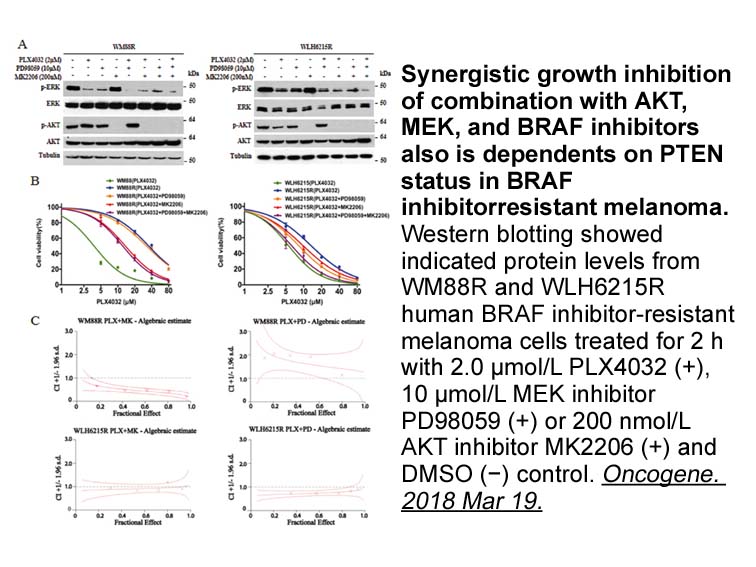
Lung cancer cell lines The greatest expression of both human and rodent FFA4 transcript has been shown to be localized to the lung [61], yet the physiological role in this tissue has been understudied, as has its involvement in lung cancers. In 2015, a two-staged genome-wide association study of
-
In a recent study Neelaveni et al
2022-01-13
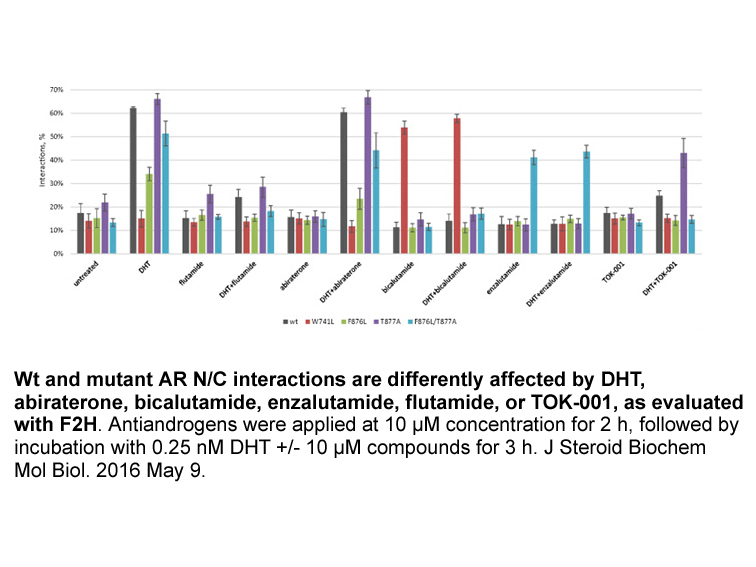
In a recent study, Neelaveni et al. [47] revealed that new thiazolidinedione derivatives (Fig. 6 a and 6 b) produced dual PPARγ and FFAR1 agonistic activity at micromolar concentrations with insulin sensitizing effects and enhanced insulin secretion from the pancreas. These derivatives were reported
-
br Acknowledgement This research was supported
2022-01-13
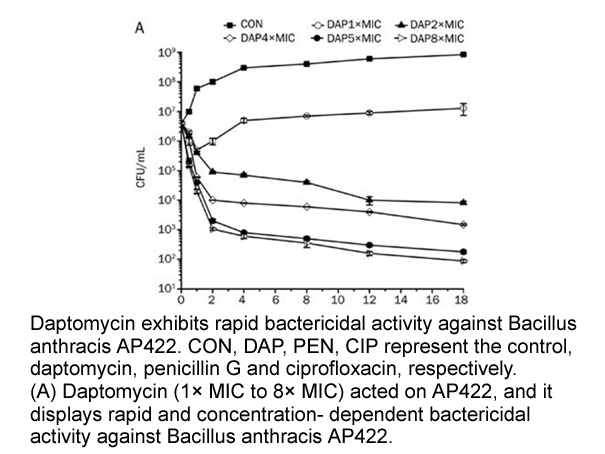
Acknowledgement This research was supported by Basic Science Research Program through the National Research Foundation of Korea funded by the Ministry of Education, Science and Technology (NRF-2016R1A2B4012818). Oral Nexturastat A is the most popular administration route due to good patients’
-
Quercetin The structures of KDM A revealed a Cys
2022-01-13
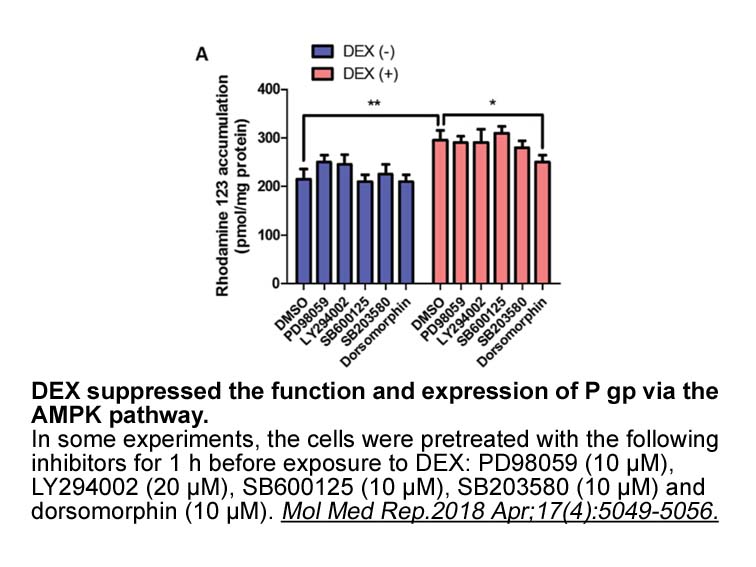
The structures of KDM4A revealed a Cys-His Zn(II) binding site that is close to the substrate binding spot, which bioinformatic analyses indicated was not present in any other histone demethylase subfamily. Therefore, an alternative method to inhibit the KDM4 family (95) would be to use compounds th
-
Bile acids synthesized in the
2022-01-13
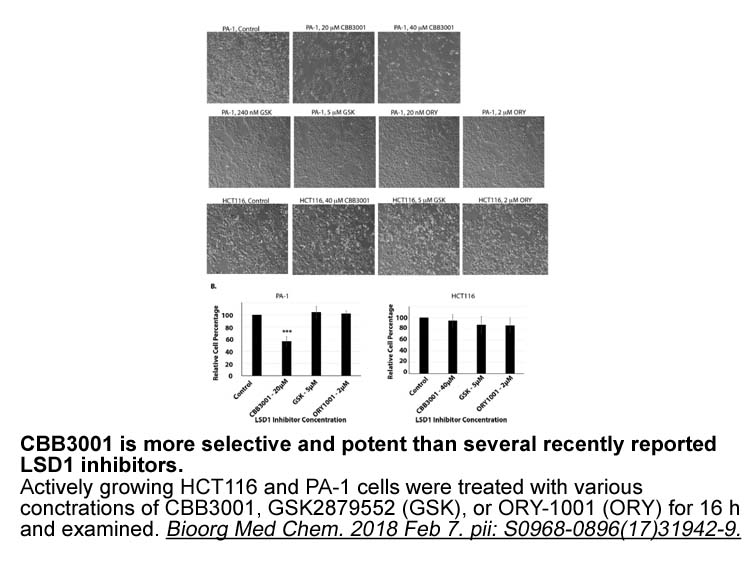
Bile acids synthesized in the liver are secreted into the intestinal tract to facilitate the digestion and SIS3 synthesis of nutrients. Most bile acids are reabsorbed by the ileum and are transported back to the liver via the portal blood circulation. Recently, bile acids have also been considered
-
On the basis of the foregoing set of considerations L
2022-01-13
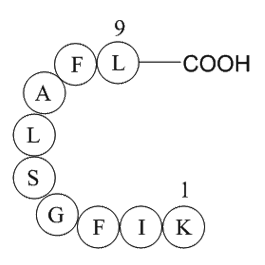
On the basis of the foregoing set of considerations, L1 could exert three possible actions on sGC determining its deactivation, schematically depicted in Fig. 6: i) oxidation of Fe2+ to Fe3+; ii) coordination to sGC, conjecturably, via the pyridyl nitrogen of the canthin-6-one; iii) coordinating and
-
The frequency of GSTM and
2022-01-13
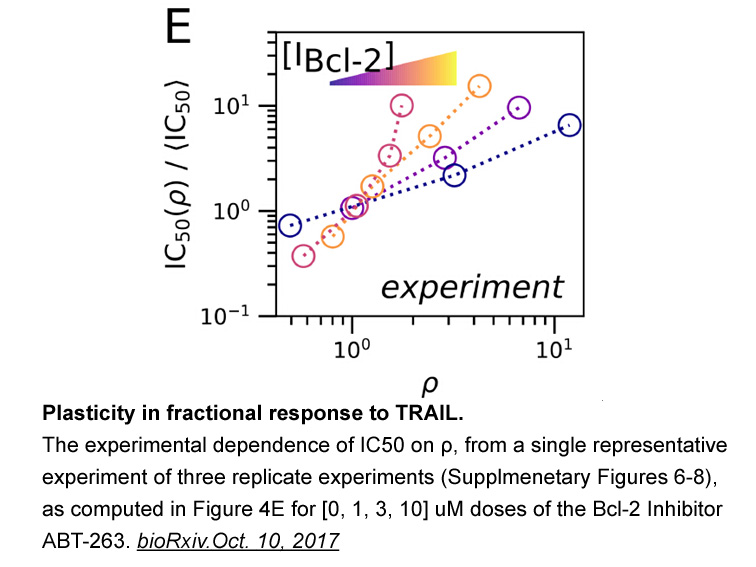
The frequency of GSTM1 and GSTT1 null genotypes vary in different populations. For example, Hiragi et al. (2007) reported a frequency of 17–35% for the GSTM1 null genotype and 22–44% for the GSTT1 null genotype in Brazilians of African descent (Hiragi et al., 2007). Chen, Liu, and Relling (1996) rep
-
br Materials and methods br Results Human adipocytes differe
2022-01-13
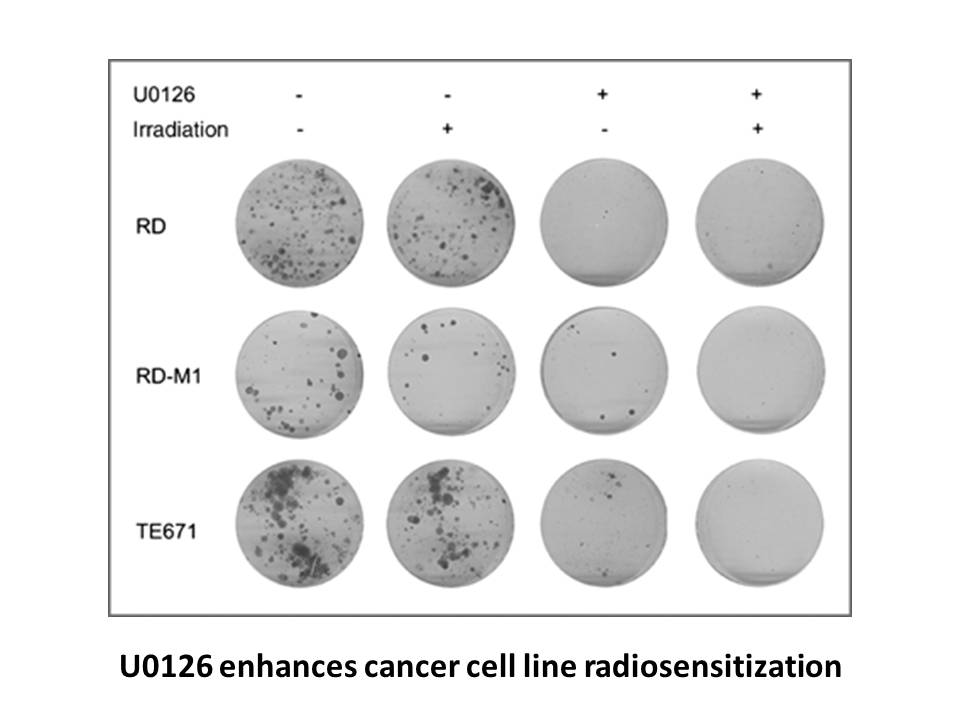
Materials and methods Results Human adipocytes, differentiated from fibroblastic preadipocytes in culture, were incubated with IL-33 for either 3 or 24 h to examine acute and prolonged responses to the cytokine. Low, medium and high concentrations of IL-33 were employed. IL-33 had no significa
-
Finally a potentially effective therapeutic approach
2022-01-13
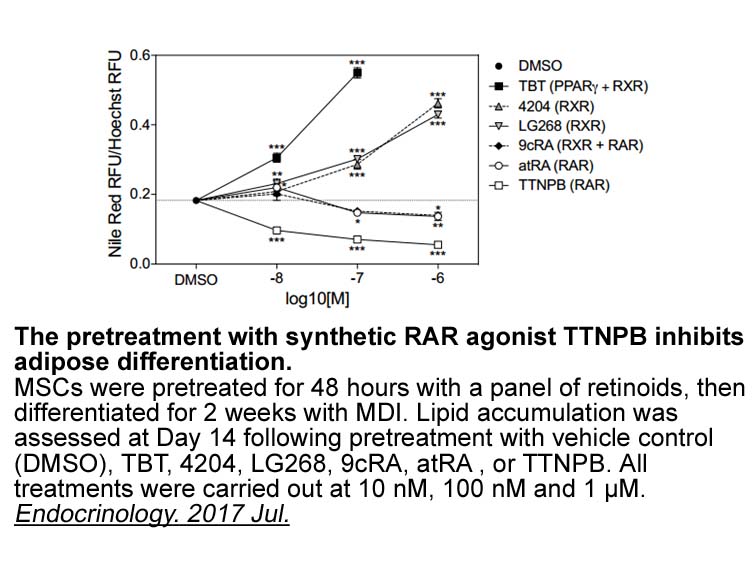
Finally, a potentially effective therapeutic approach is to target the LDH enzymes that mediate bidirectional conversion of pyruvate into lactate. In particular, because LDHA is the predominant isoform expressed in glycolytic tumours, an array of LDHA-targeting compounds have been proposed and valid
-
Finally we investigated if calpain truncation affects GlyT t
2022-01-13

Finally, we investigated if calpain truncation affects GlyT1 turnover and trafficking. To simulate calpain cleavage at the T602/T603 and G626/S627 sites we constructed GlyT1 transporters missing the last 12 and 36 amino acids. Since the 36 amino Ipratropium Bromide receptor truncation also removes
14341 records 494/957 page Previous Next First page 上5页 491492493494495 下5页 Last page